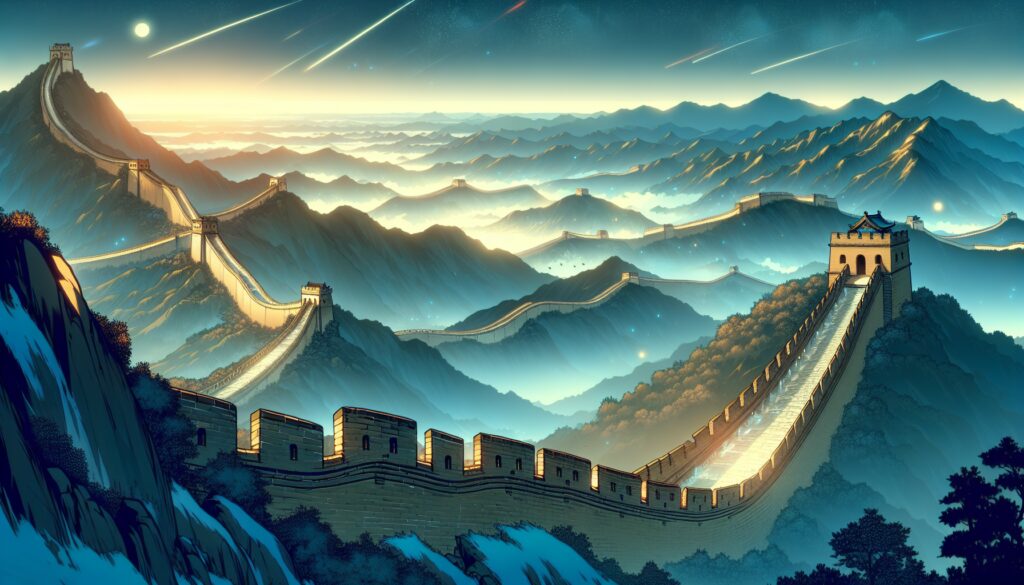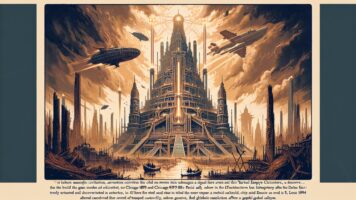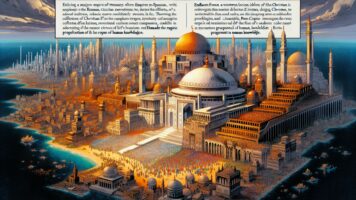The Great Wall of China stretches over 13,000 miles, making it one of the most massive construction projects in human history. To understand this scale, consider that the United States from coast to coast is only about 3,000 miles wide. You could stretch the entire width of America four times and add another thousand miles, and you still wouldn’t match the wall’s length.
## The Timeline and Construction Challenge
Construction began in 220 BC, before the time of Jesus Christ. The project took over a thousand years to complete, spanning multiple dynasties and generations. This raises questions about how ancient civilizations managed such an enormous undertaking without modern machinery, cranes, or transportation systems.
The massive investment of time and resources suggests the builders faced a serious threat. No kingdom or emperor would dedicate over a millennium to a single project unless they believed it was absolutely necessary for survival.

## The Controversial Direction Theory
According to some theories, the wall’s defensive features point inward toward China rather than outward. This observation leads to speculation that the wall wasn’t designed to keep invaders out, but to contain something within Chinese territory. The steep sides and lookout posts allegedly face the wrong direction for a typical defensive structure.
## The Tartarian Empire Theory
Some alternative historians propose that the wall wasn’t built by the Chinese at all, but by the Tartarian Empire. This theory suggests:
• 🏛️ The Tartarians were a lost civilization with advanced building techniques
• 🔒 They built the wall to contain something dangerous in ancient China
• 📚 History has been rewritten to hide their existence
• 🤐 Modern governments suppress information about this empire
## What They Might Have Been Containing
Theories about what the wall was meant to contain include:
• 👹 Supernatural creatures or entities
• 🧟 Dangerous populations or tribes
• 🔮 Mystical forces or energies
• 🏴☠️ Military threats from within China itself
## Additional Historical Context
The Great Wall actually consists of multiple walls built by different dynasties over centuries. The Qin Dynasty connected existing walls around 220 BC, but construction continued through the Ming Dynasty (1368-1644 AD).
Over one million workers died during its construction, earning it the nickname “the world’s longest cemetery.” The wall used various materials including stone, brick, wood, and even rice flour as mortar in some sections.
Archaeological evidence shows the wall was built using sophisticated engineering techniques, including precise measurements and strategic placement of watchtowers every few miles for communication through smoke signals and drums.
The wall’s effectiveness as a defensive structure is debated among historians, as it was breached multiple times throughout history, most notably by the Mongols in the 13th century.







